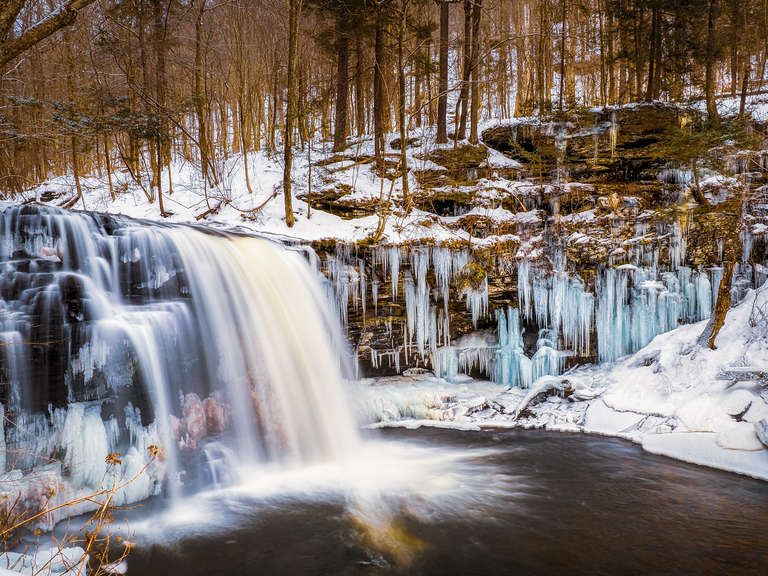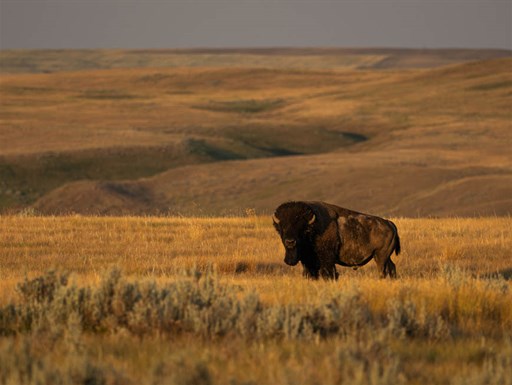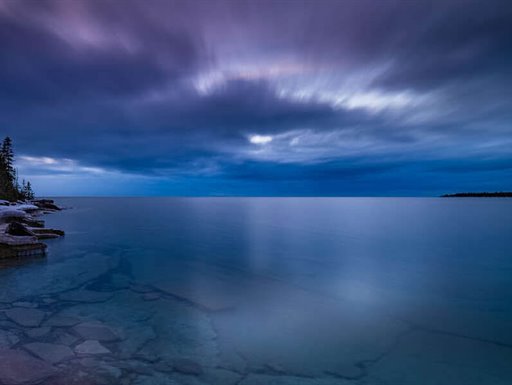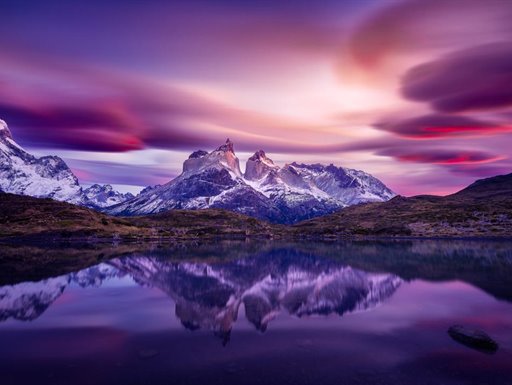Here you will find an ever increasing range of articles covering technique and tips on using our cameras and lenses.
What is the Internal Live ND Filter and Why Would You Use It?
In order to answer this question we first need to know what an ND Filter does. A Neutral Density filter allows a photographer to control the exposure in an image. The ND Filter minimizes the light reaching the camera sensor and allows for the use of a slower shutter speed.
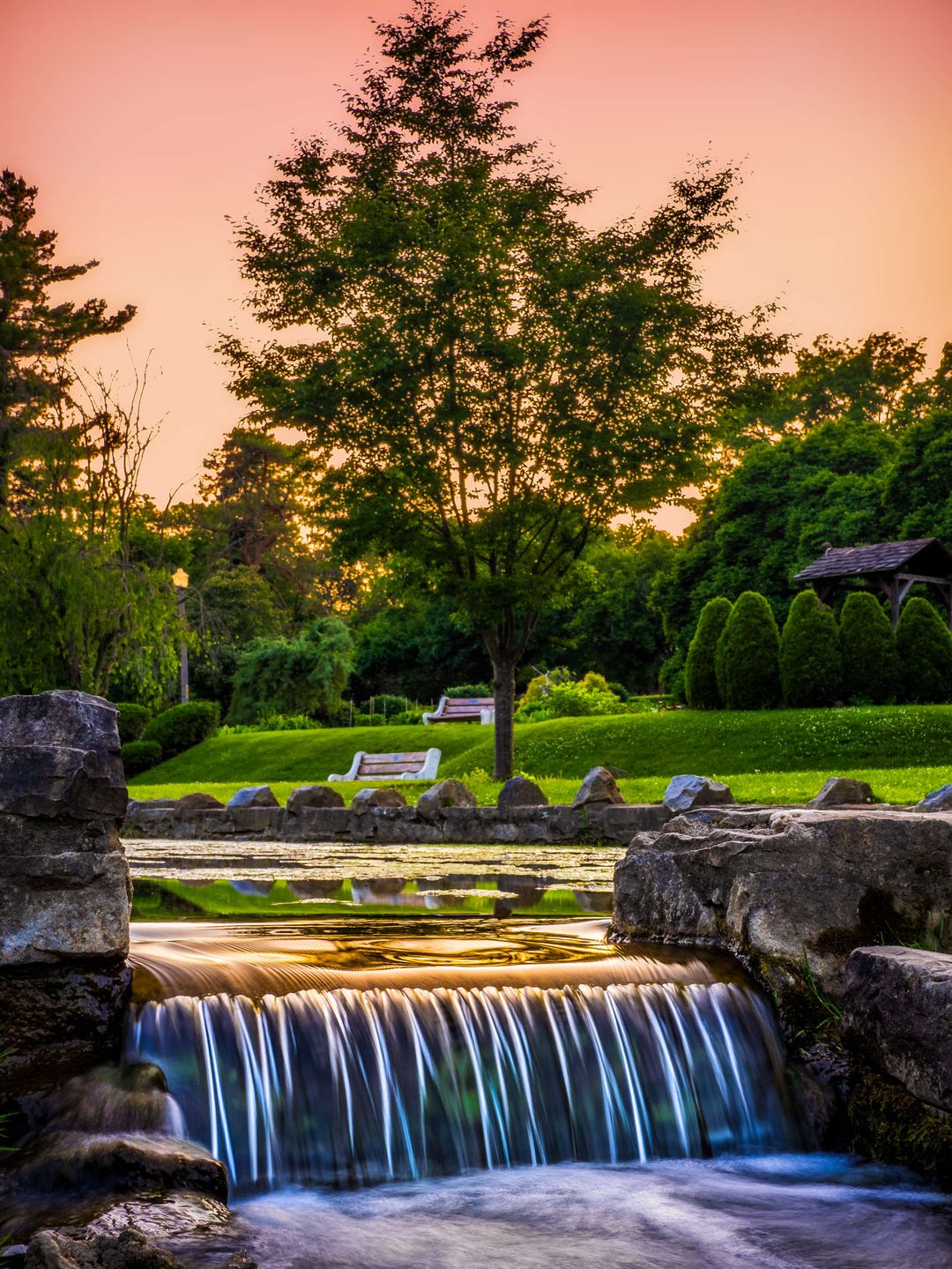
What Types of Photos Benefit from an ND Filter?
The ND filter is particularly important when trying to soften moving subjects such as clouds and water. As an avid outdoor photographer, I enjoy shooting rivers, streams, waterfalls and moving clouds. So this is why the new Internal Live ND Mode within the new OM-D E-M1X and OM-D E-M1 Mark III is especially useful to me and a feature I am able to use to maximize my imagery.
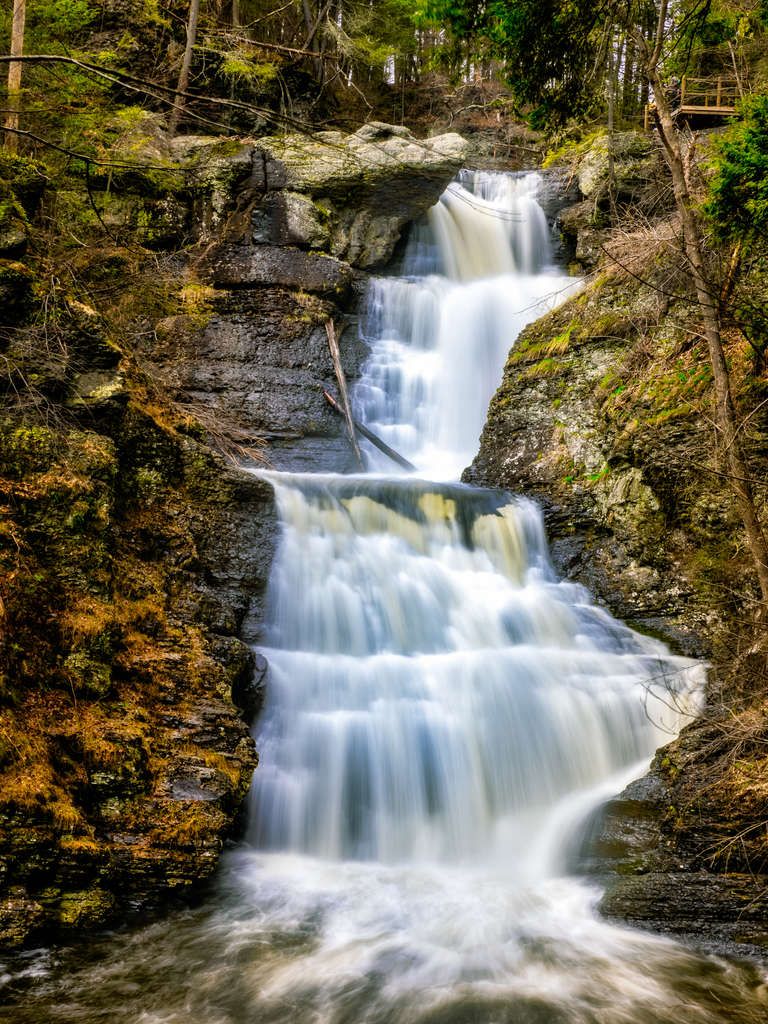
The images on this page show how the ND filters minimize the light and allow me to capture the movement of the water and/or clouds using a slower shutter speed.
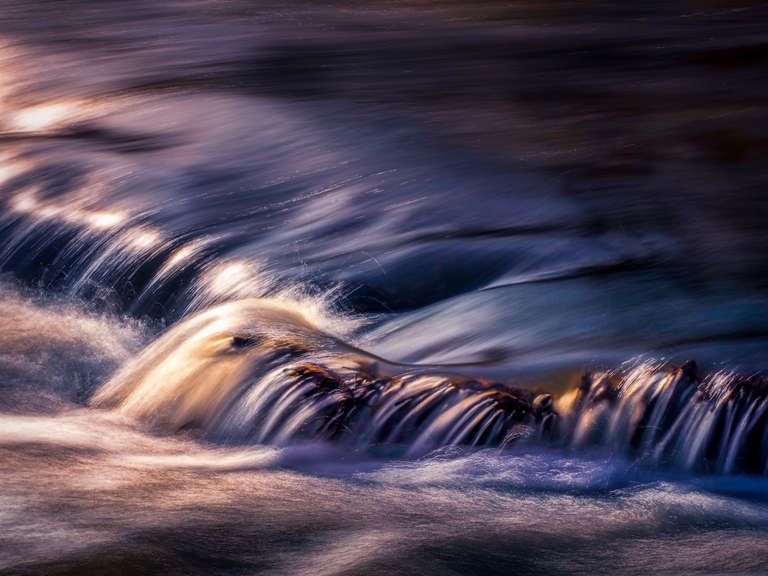
Why Use Internal ND Instead of a Traditional Filter?
The benefit to the internal ND filters are that it requires less equipment and less transition in shooting the desired image. Not having to add on an external filter provides for quicker image set up and mobilization. Given that I am shooting moving features such as water or clouds, timing can sometimes be critical in the process.
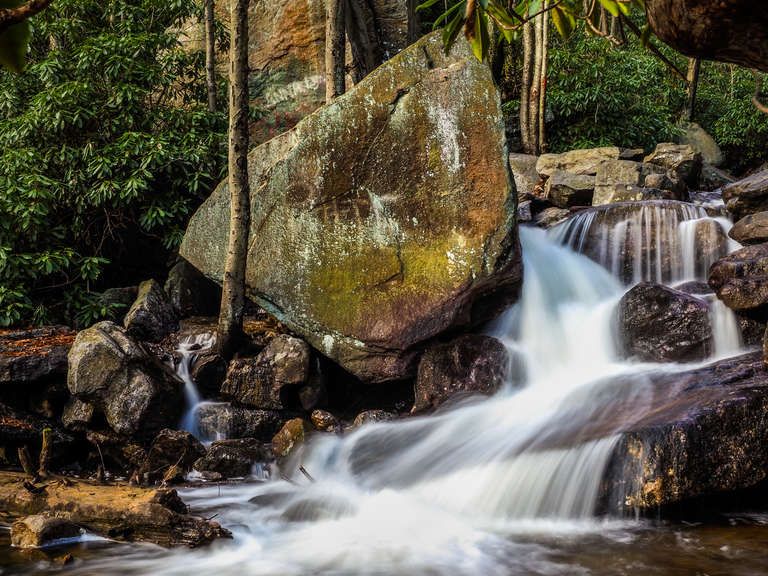
When to Use a Tripod
It's important to note that when using the internal ND filters combined with up to 7.5 stops (1) of image stabilization, you are able to use a slower shutter speed which may eliminate the need for a tripod. My rule of thumb is you can capture an image up to 2 seconds, handheld and therefore you can eliminate the need for a tripod. For me, if I exceed the 2 seconds in exposure time I will more than likely use a tripod. Using the ND filters allow for more imagery without a tripod.
(1) 7.5 stops of image stabilization is possible when used with a Sync IS enabled lens like the M.Zuiko Digital ED 12-100mm F4.0 IS PRO.
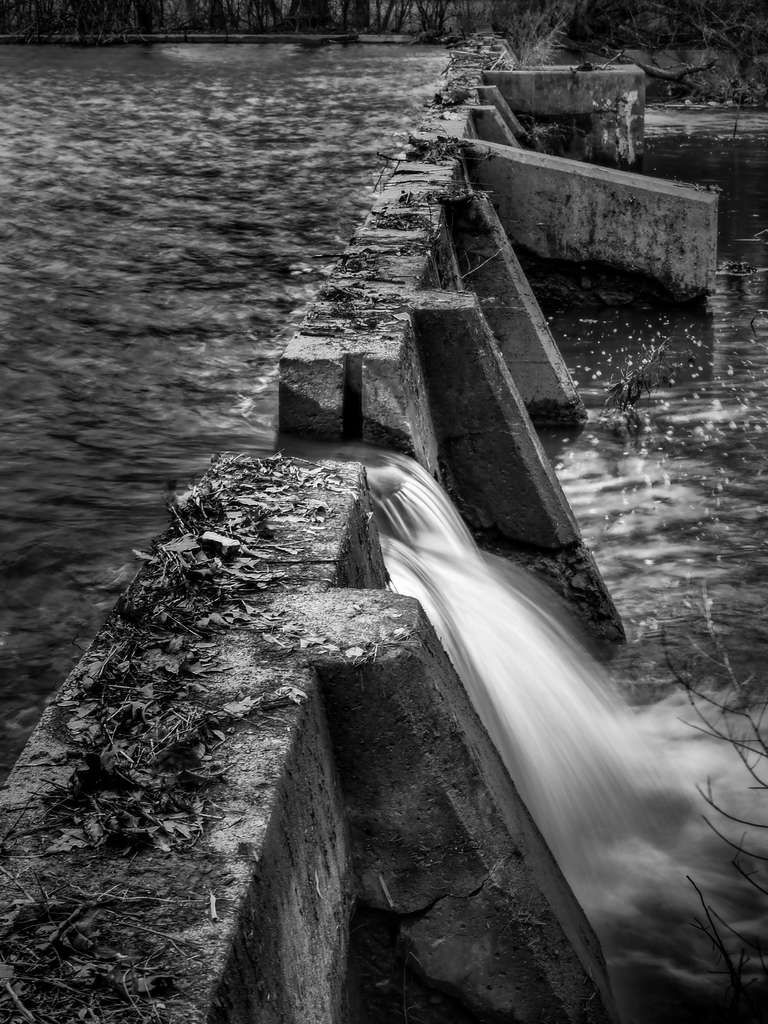
Camera Settings
The Internal ND filters will only work in Shutter Priority mode or Manual mode. It is important to check/confirm your settings prior to using the internal ND filters and, of course, it is still important to have good composition.
